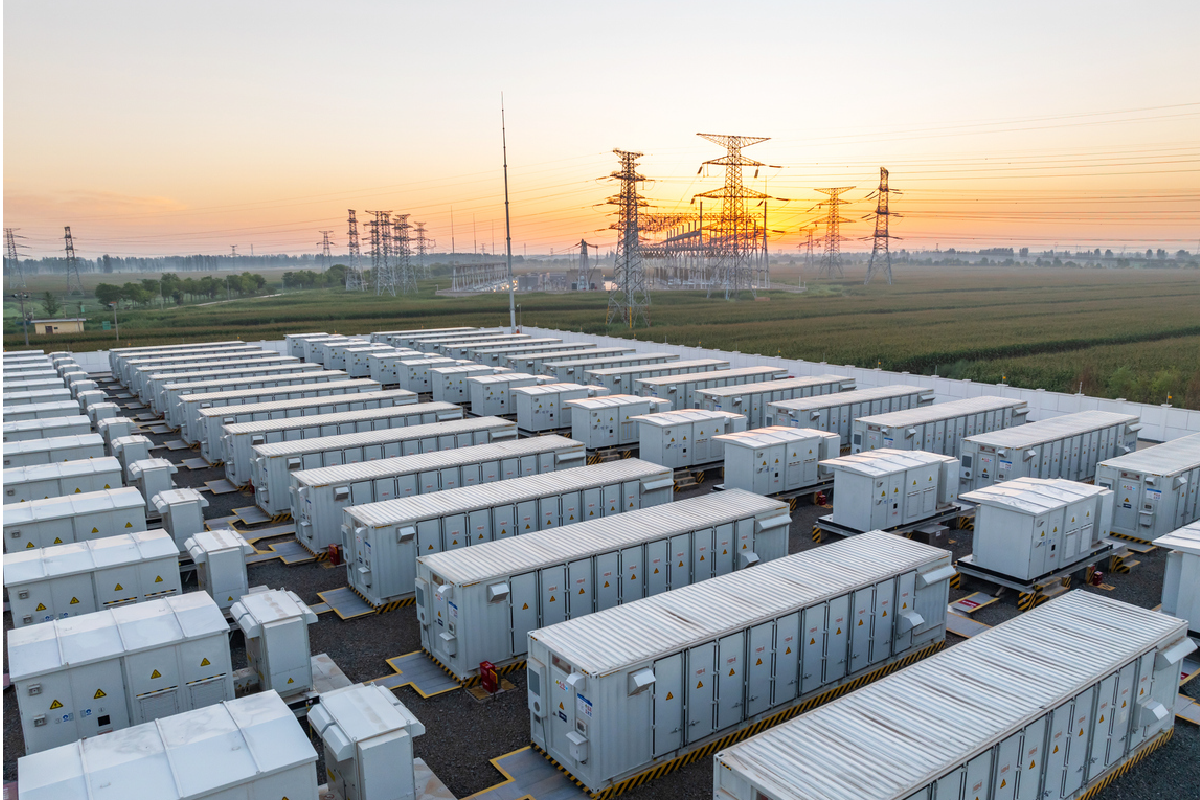As industries move toward decarbonisation, the energy landscape is shifting from centralised power grids to dynamic, decentralised ecosystems. DERMS is emerging as the cornerstone of this transformation, providing the sophisticated functionality needed to orchestrate increasingly complex energy systems. Here’s how these systems are reshaping the energy industry and what this means for businesses in 2025 and beyond.
What are these software systems and how do they work?
DERMS are advanced platforms designed to manage and optimise the interactions between diverse energy sources, consumers, and storage systems within a decentralised energy network. These sources include renewables like solar and wind, traditional grid power, on-site generation, and energy storage solutions such as batteries.
By leveraging real-time data and predictive analytics, DERMS enable businesses to balance supply and demand, maximise energy efficiency, and reduce costs—all while supporting sustainability goals.
Their Core Capabilities
Orchestrating Diverse Energy Sources: Modern facilities often rely on multiple energy sources, such as rooftop solar panels, on-site battery storage, and grid power. DERMS act as a centralised hub, ensuring seamless coordination between these sources to meet energy needs efficiently.
Optimising Energy Trading and Grid Interactions: With advanced algorithms, DERMS can decide when to sell excess energy back to the grid, when to draw power, and how to benefit from dynamic pricing.
Intelligent Load Balancing and Demand Response: DERMS dynamically adjust energy loads based on demand, ensuring critical processes are prioritised during peak periods while reducing costs during off-peak times. This flexibility also supports participation in demand response programmes, earning financial incentives.
Integration of Renewable Energy Sources: Renewable energy sources like wind and solar are inherently variable. DERMS “smooth out” these fluctuations by integrating with energy storage solutions and intelligently balancing renewable inputs with other energy sources.
Predictive Analytics for Energy Management: By analysing historical and real-time data, these platforms provide insights into future energy consumption patterns and generation potential. This foresight allows businesses to plan better, reduce waste, and avoid costly disruptions.
The Benefits for Businesses
- Cost Savings: Optimising energy use and participating in energy trading can significantly lower operational costs.
- Resilience: DERMS can enhance energy reliability by diversifying supply sources and ensuring backup power during outages.
- Sustainability: Efficient use of renewables and reduced reliance on fossil fuels contribute to achieving ambitious sustainability and decarbonisation targets.
- Scalability: As energy needs grow, DERMS can adapt to manage new assets or integrate with larger networks seamlessly.
Looking Ahead to 2025
The demand for DERMS is expected to surge as businesses grapple with rising energy costs, grid constraints, and the imperative to decarbonise. Innovations in these platforms will likely include greater integration with AI for real-time optimisation and fault detection and enhanced interoperability to connect diverse systems and devices.
Conclusion
DERMS are at the forefront of a decentralised energy revolution. By enabling smarter, more efficient energy management, these platforms empower businesses to embrace renewables, reduce costs, and achieve their sustainability goals. As we move toward 2025, adopting DERMS will no longer be a choice—it will be a strategic necessity for organisations aiming to stay competitive in an evolving energy landscape.





